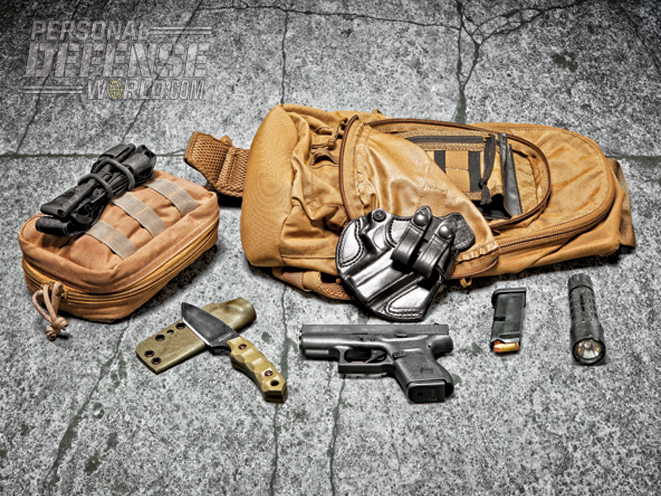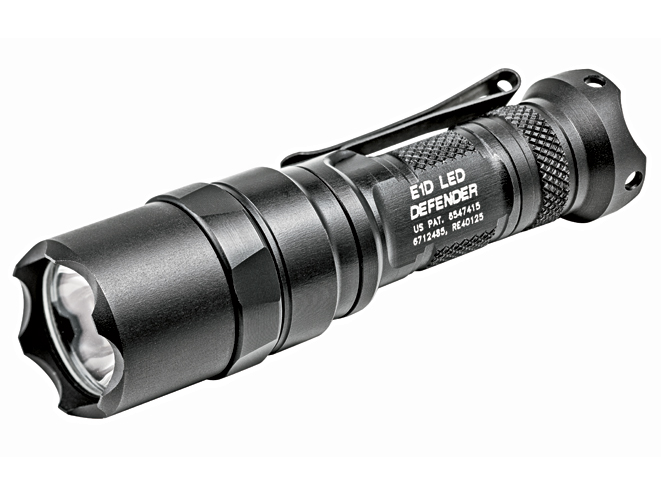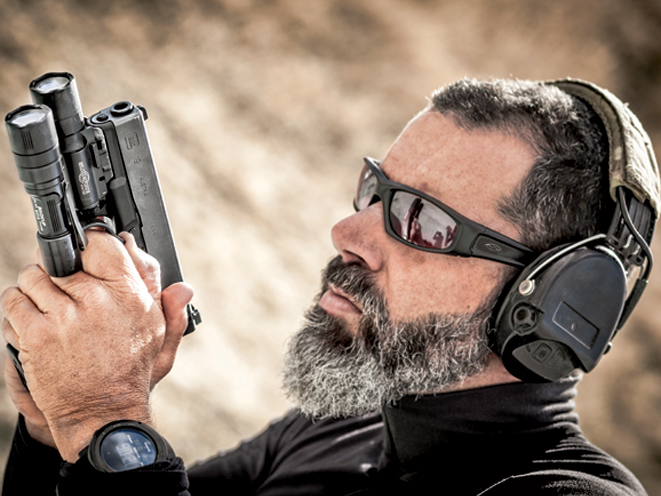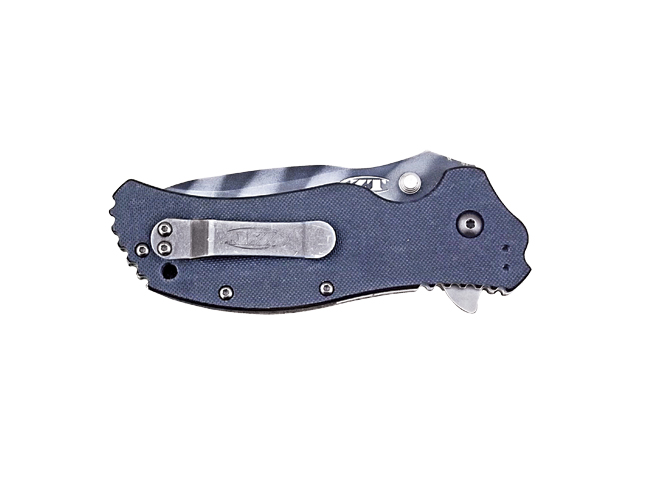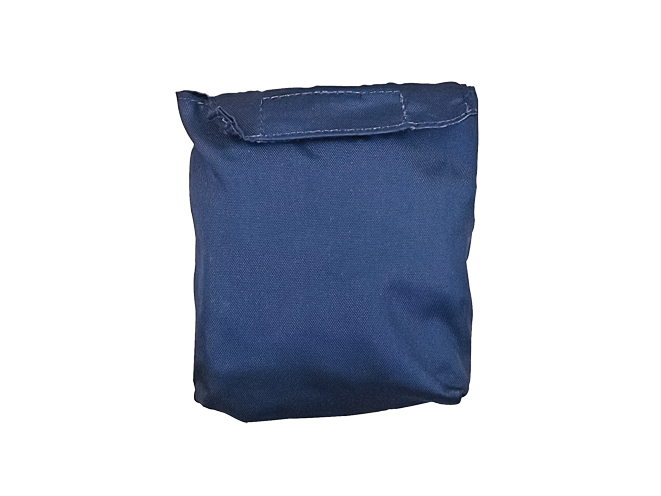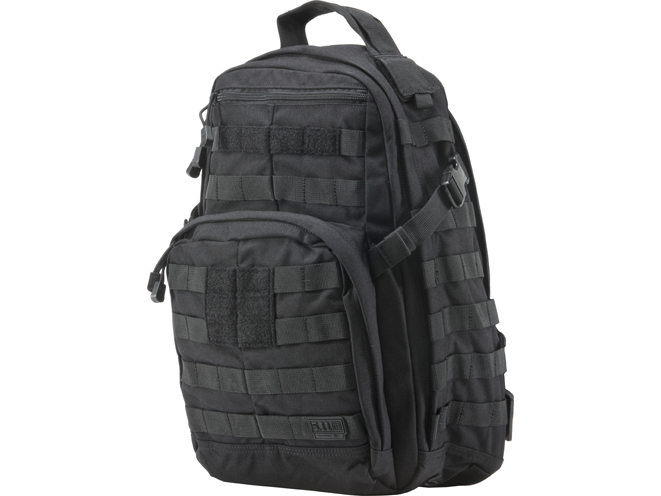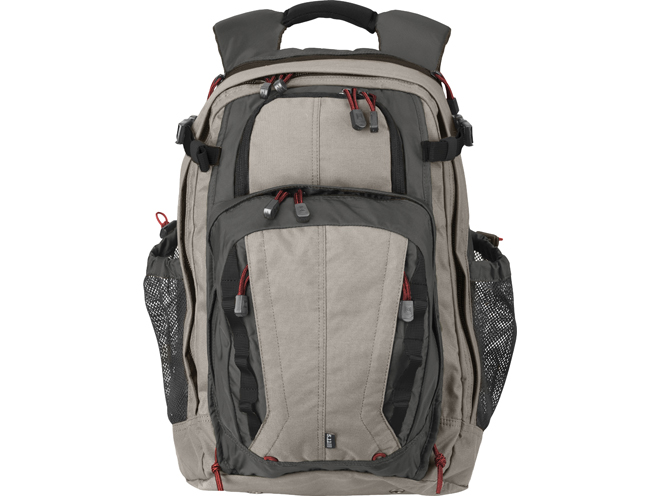People choose to carry concealed weapons for various reasons, but one common thread is that these people want to be prepared to handle an emergency situation, and protect themselves and others. A firearm is a great tool for this in certain circumstances, but it is not the only tool a person may need. We can’t fix every problem with a handgun, but by choosing our everyday carry items carefully, we can become better prepared to handle a multitude of problems that life may throw at us.
It should come as no surprise that I am going to suggest a reliable handgun be part of your everyday carry gear. Find a quality holster that is made for your handgun of choice that retains the handgun securely and keeps the trigger covered. A spare source of ammunition should be carried as well. A quality magazine or speed loader holder will keep your ammunition in a consistent location for ease when reloading. If you are required to have a permit to carry a concealed firearm, get one and carry that also.
Carrying The Load
Advertisement — Continue Reading Below
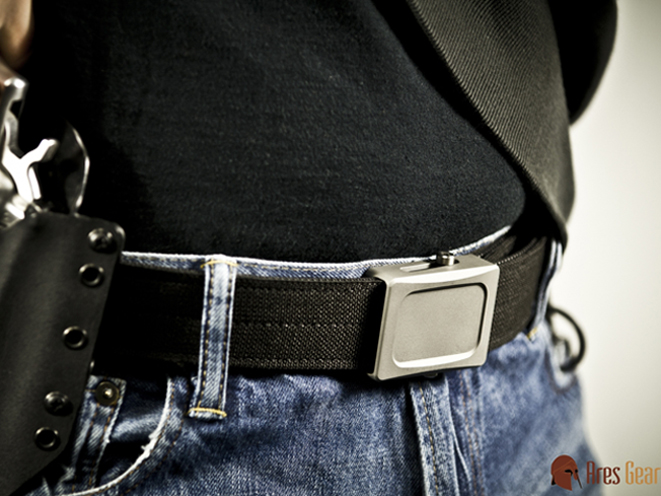
Let’s discuss some other items that will help us be self-sufficient when things go wrong. I have found that a component of a concealed carry firearm system that is sometimes not given enough consideration is the belt. The width of the belt should match the width of any mounting slots on your holster, and the belt should be firm enough to prevent the weight of the firearm from pulling the grip away from the body. This will keep the firearm from moving on the belt and rubbing against the user. An uncomfortable holster will lead to the user reaching down and adjusting it regularly. This indicator can communicate to others that you have a concealed firearm. My current belt is the Ares Gear Enhanced Aegis Belt. The belt consists of same 1½-inch proprietary scuba webbing, but it doesn’t look out of place with jeans, tactical pants or a suit. This solid platform will help carry some of the other gear we will be discussing.
First Aid Fixes
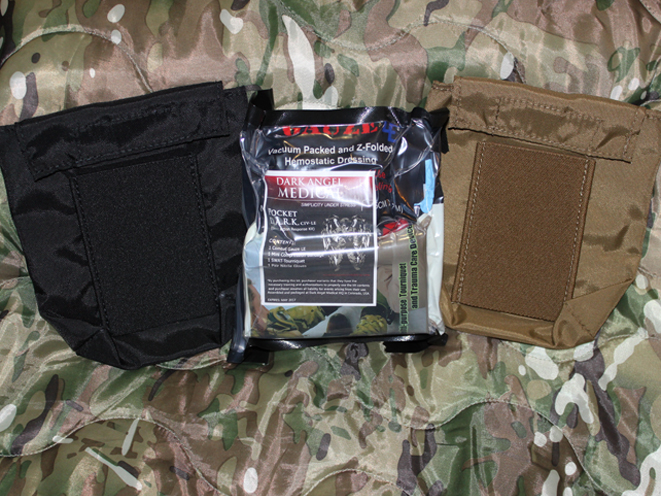
The importance of having some type of emergency medical kit on your person cannot be under estimated. As a firearms trainer for law enforcement and responsible citizens, I have run across a few people who have had to use a firearm to protect themselves or others. However, I have run across far more people who have encountered some type of traumatic event traveling on the road, at a child’s sporting event or even around their own home. My current daily carry kit is the Dark Angel Medical Pocket Kit. It mounts directly on your belt or can be carried in a pocket. It is purpose built to have the supplies you need to survive a traumatic injury without the extra stuff that you don’t need. “Simplicity under stress” is the Dark Angel Medical motto.
Advertisement — Continue Reading Below
Communication Is Key
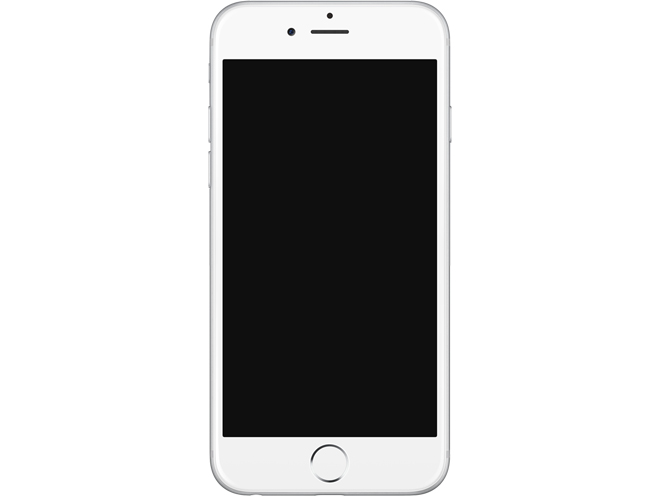
Most everyone carries a cellular phone these days. Keep yours on your person, and as highly charged as possible. If you have to draw your firearm to protect yourself, whether you have to fire or not, one of the first things you should do is report that you are the victim of a crime. If you draw your firearm and the bad guy flees the scene, he may decide to call and report to the police that you are the criminal. Additionally, the phone can be used to summon medical aid and can help law enforcement with navigation in some circumstances if needed.
Maintain Your Edge
Advertisement — Continue Reading Below
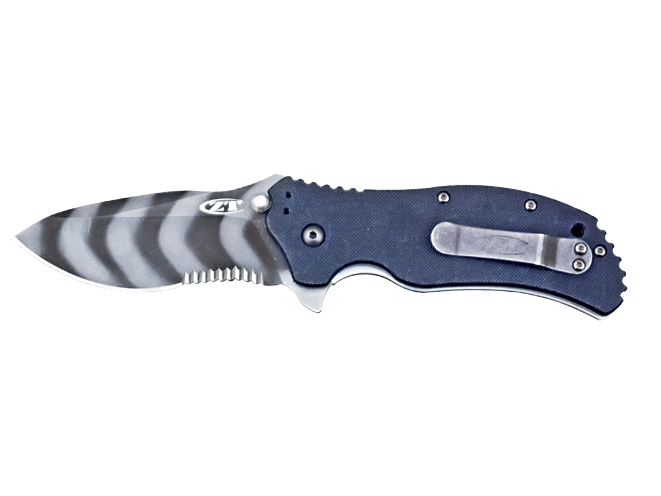
A knife is the most basic of tools and one that we should have on our person any time it is legal to do so. Besides the obvious application of being a weapon capable of inflicting deadly force that never runs out of ammunition, a good blade can handle a multitude of mundane tasks like opening boxes, cutting para cord or even removing a splinter. For my preferences, Zero Tolerance is the right brand for me. This company makes quality knives that are not the cheapest on the market, but they also do not come with a price tag that encourages you to keep it in a collector’s case. My daily carry is a Zero Tolerance 0350 with a partiallyw serrated blade. The knife comes with a clip that can be configured to be carried tip up or tip down on either side of the blade. This is a great feature if you want to carry the knife to be accessed with your support hand for weapon retention purposes.
Lighting The Way
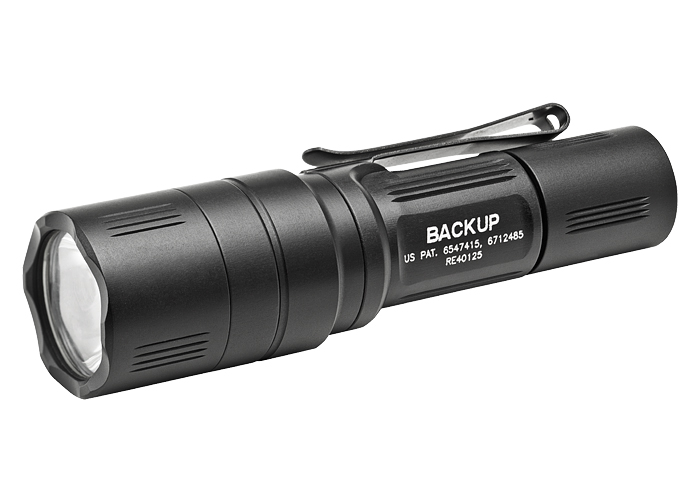
If you are interested in self-protection, a quality flashlight should be part of your daily carry gear. You may need it to identify a threat or evacuate a building. A flashlight can also make a great improvised weapon in areas where firearms are not allowed, such as when you are flying commercial airlines. My daily carry flashlight is a SureFire EB1 Backup. At under 4.5 inches in length, this LED light can produce 200 lumens if I need a lot of light to reach out and light-up someone, or 5 lumens of light if I just need to navigate through my living room during a power outage. To further increase this light’s utility, I added a Thyrm SwitchBack Backup to my light. The SwitchBack is a ring that mounts on the rear of some models of flashlights that allows the user to hold a firearm in a standard two-hand grip while being able to control the function of the flashlight. For those users who prefer crenellated bezels on their lights, check out the new SureFire E1D LED Defender flashlight.
Advertisement — Continue Reading Below
Tactical Travel
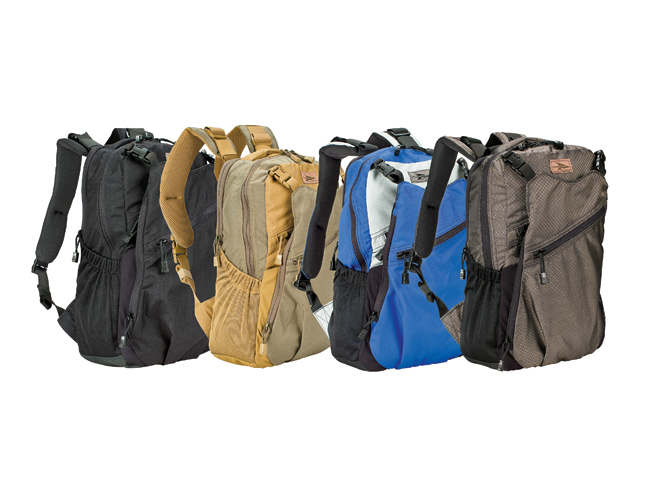
Sometimes I am forced to dress in a manner that makes it difficult to conceal all the gear I want to have available to me. For those times I have set up an “everyday carry pack” in order to have the additional gear I desire close by. The company 5.11 Tactical makes a couple of packs ideally suited to this purpose. The Rush 12 Backpack is large enough to carry what you need to get to work and back, but not so large that you end up carrying more than you need. If you want a pack that looks less tactical, try the 5.11 Tactical Covrt 18. This pack is slightly larger but made to not appear to be tactical at all, with a total lack of visible MOLLE straps or Velcro fields.
Another example of a pack that is designed to blend into an urban environment is the FirstSpear Comm Pack. This pack’s urban appearance helps to prevent others from guessing that you are a concealed carry holder. Anytime I can’t carry the above listed items on my person, I make sure I have them in my “everyday carry pack.” Other items I include in my pack are the cables I need to charge my phone, as well as a portable charger to recharge my phone when power is not available. I always have a water bottle on board and a pouch with more medical gear, including routine things like prescription and non-prescription medications, spare contact lenses, a multi-tool and other small gear.
Advertisement — Continue Reading Below
Concealed carry holders like to be prepared. With a little planning your everyday carry gear can help you be prepared for all of what life can throw at you.
For More Information
5.11 Tactical
866-451-1726; http://www.511tactical.com
Advertisement — Continue Reading Below
Ares Gear
518-966-2737; http://www.aresgear.com
Dark Angel Medical
720-836-7150; http://www.darkangelmedical.com
DeSantis Holsters
631-841-6300; http://www.desantisholster.com
Advertisement — Continue Reading Below
FirstSpear
636-349-4820; http://www.first-spear.com
SureFire
800-828-8809; http://www.surefire.com
Thyrm
408-444-5734; http://www.thyrm.com
Advertisement — Continue Reading Below
Zero Tolerance
800-325-2891; http://zt.kaiusaltd.com
In Case You Missed It
Top 13 Lifesaving Emergency Rescue Tools
14 Bug-Out Bag Possibilities for Self-Defense
Top 16 Women’s Concealed Carry Items
10 Tips on How to Carry Concealed With a Full Size Gun
12 Dog Breeds for Personal & Home Protection
This article was originally published in the 2015 issue of CONCEALED CARRY HANDGUNS. Subscription is available in print and digital editions below.
